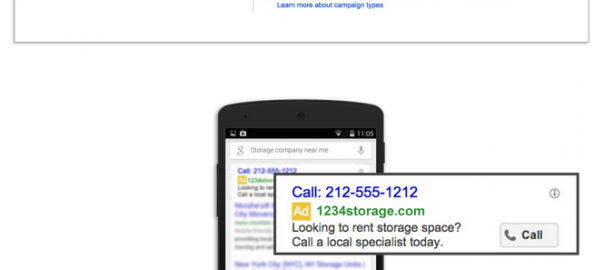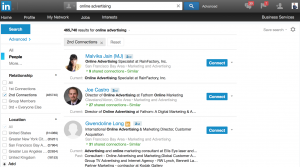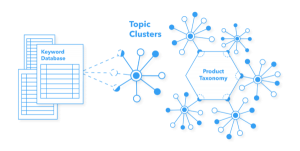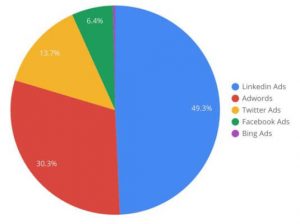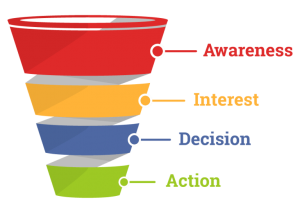Earlier today, Google officially announced the launch of a new campaign type in AdWords known as Call-Only Campaigns.
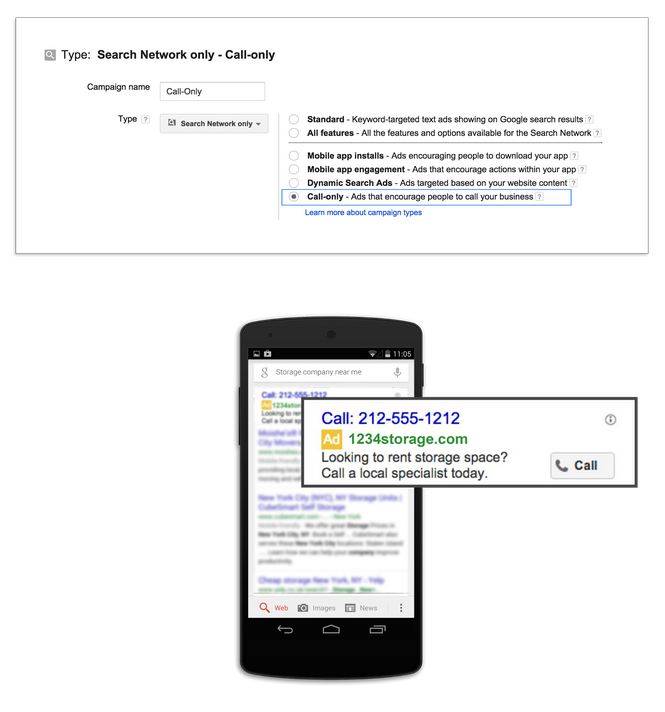
Call-Only Campaign ads look very similar to typical PPC ads, but they’re designed to encourage users to call the advertiser, rather than click on an ad and visit a landing page.
As you can see in the screenshot above, advertisers can enable the new ad type from within AdWords simply by selecting “Call-Only” from the Search Network ad settings page. This makes it even easier for users to actually call businesses using this ad format.
Yes, the business’ URL will still be displayed in Call-Only Campaign ads, but that’s not the focus. Google wants to remove any potential barriers between prospects and businesses using this ad format, and as you can see, these ads are pretty clickable.
What makes this strategy so brilliant is that Google is effectively removing the leakiest part of the conversion funnel for advertisers.
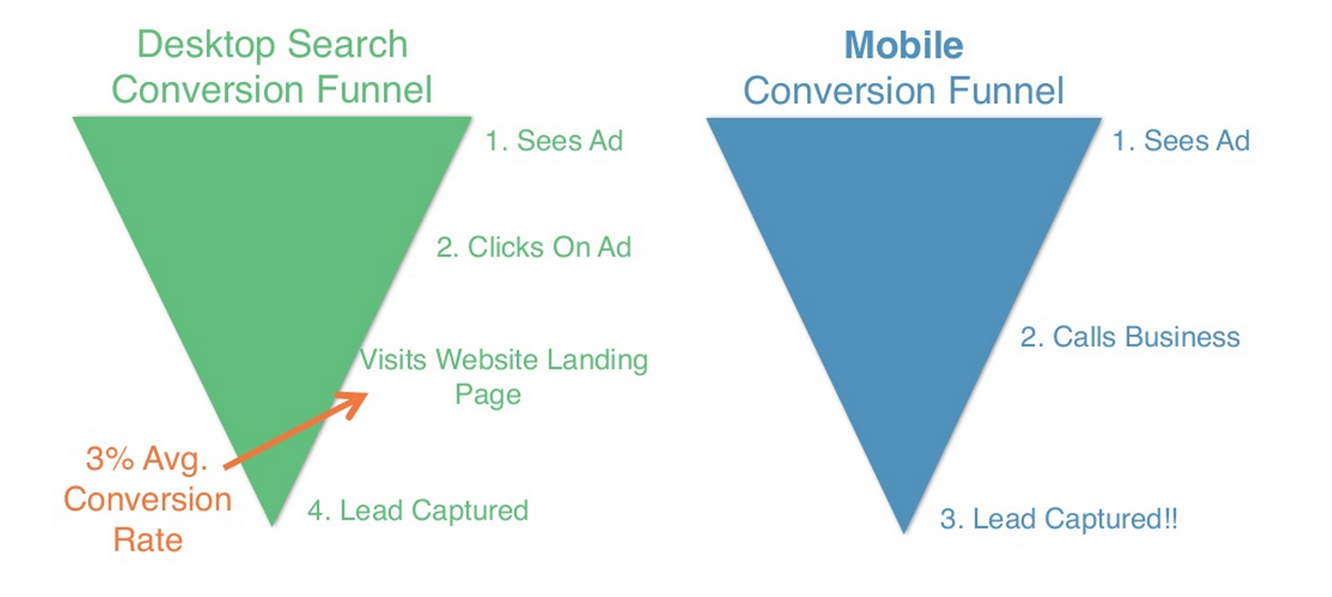
In desktop PPC advertising, you pay for clicks that divert users to a landing page. The problem is that you’ll likely lose 19 out of 20 prospects you send to your landing pages, even if they’re highly optimized. Even then, half of the leads you do manage to capture from your landing pages will be junk, as you can only reach out to them so quickly after they submit their information.
With mobile, you capture 100% of the calls to leads, and you’re able to connect with them at the precise moment you need to – when they’re actively searching and ready to commit to a purchase. Based on the data in the figure above, we estimate that calls to a business are worth at least three times as much than clicks to websites, making this a powerful way to reach time-sensitive leads you may lose otherwise.
One feature of Call-Only Campaign ads that’s so compelling is the fact that until now, advertisers had to go to the trouble of connecting existing ads to call extensions. Google’s Call-Only Campaigns streamlines the entire process by making this option available at the campaign level. The new campaign type also means that you don’t have to buy less-valuable desktop clicks if you don’t want them, which wasn’t possible before.
Given that 2015 will finally be the year that mobile search volume exceeds that of desktop search, this is a shrewd move by Google. Why ask prospects to click on an ad only to be taken to a (potentially crappy) mobile landing page when you can encourage them to just click a button and talk to you?
By making it even easier for potential customers to speak to advertisers, Google stands to make a pretty penny into the bargain.
(216)
